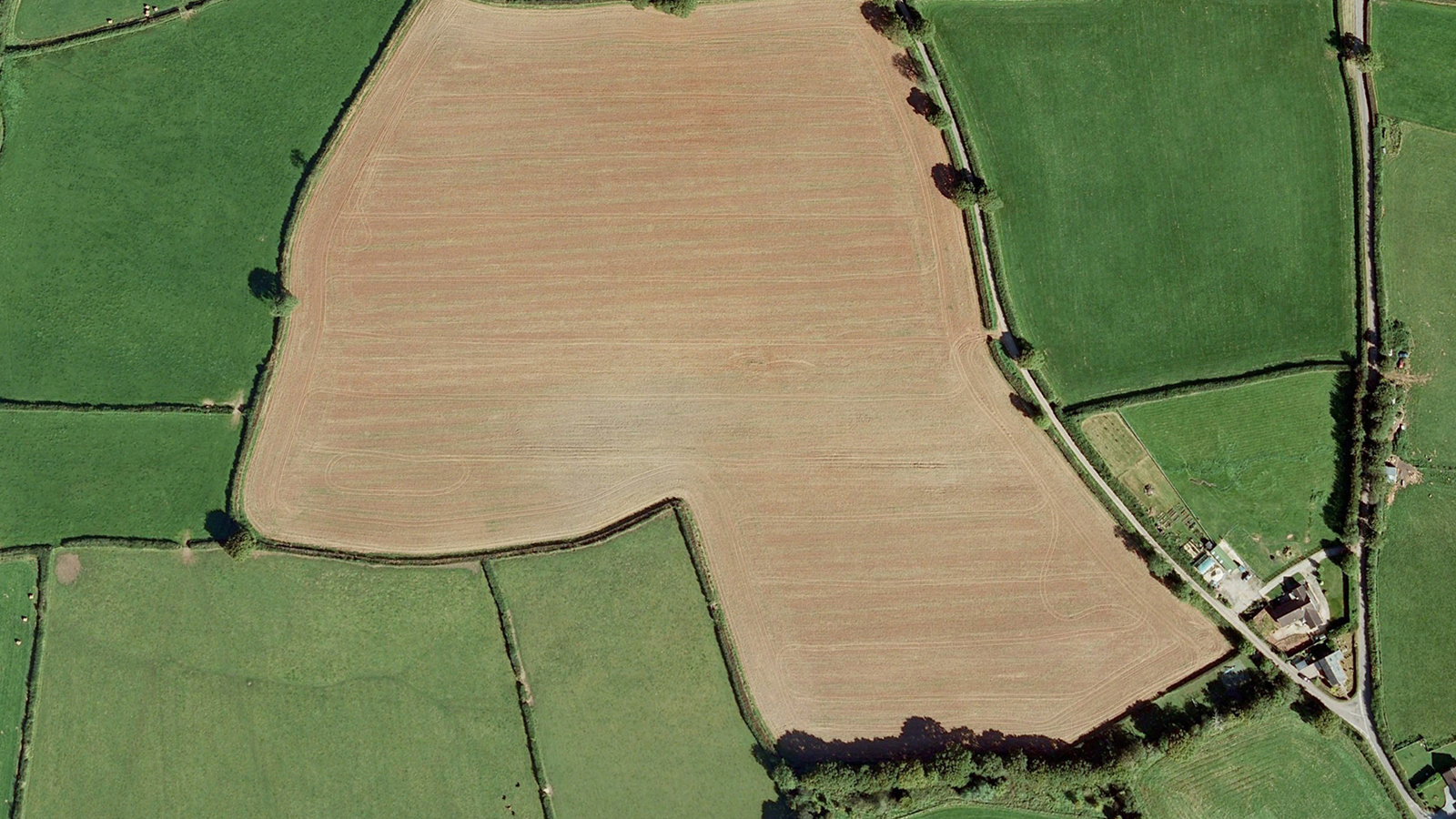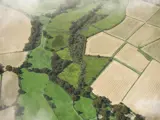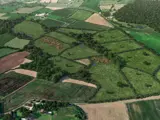Puddington Habitat Bank, Devon
Local planning authority (LPA): Mid Devon District Council
National Character Area (NCA): The Culm
Biodiversity Units available:
Medium distinctiveness habitats
- Mixed scrub
- Other neutral grassland
Our Puddington Habitat Bank covers a 10-hectare section of former arable farmland located within a wider mixed farm. We are now restoring the land to mosaic of habitats including scrubland and native species-rich grassland.
To support the landowner’s current farming business, we developed a tailored Habitat Management Plan to allow their herd of Devon Ruby Reds to roam and graze the new habitats – enhancing, rather than harming, the land through sensitive traditional management techniques designed to support local biodiversity and provide a much-needed haven for wildlife within the local area.
Following a thorough assessment of the site's vegetation, wildlife, geology, hydrology, soil chemistry, management history, and landscape connectivity, we determined the best possible habitats to establish and made sure these enhancements would be deliverable. We established an ecological baseline for the site using Defra’s biodiversity metric, so we can clearly demonstrate biodiversity gains over time.
This assessment enables us to generate a range of high-integrity Biodiversity Unit habitat types that will ensure robust ecological outcomes. We also offer planning support to make sure our Biodiversity Units provide an effective local BNG delivery solution for developers within the Mid Devon District Council LPA area or The Culm NCA. Our Units are ready to purchase now, subject to availability.
Adjacent LPAs for cross-boundary coverage:
- Somerset Council
- North Devon Council
- Exmoor National Park
- Dartmoor National Park
- Torridge District Council
- East Devon District Council
- Teignbridge District Council
- West Devon Borough Council
Adjacent NCAs for cross-boundary coverage:
- Exmoor
- Dartmoor
- South Devon
- Cornish Killas
- Devon Redlands
Due to decades of intensive swede farming with fertilisers, the soil was very high in nutrients and biologically depleted – leaving the land ecologically poor.
Since we’ve begun restoring biodiverse habitats, the newly established grassland has become a rich tapestry of wildflowers including species such as yellow-rattle, red clover, and black knapweed. These are just some of a number of species introduced with species-rich hay sourced from a local Culm grassland site.
Already, Puddington Moor is attracting wildlife from far and wide including large flocks of goldfinch and wintering snipe. As time goes on, the site will continue to improve and become ever richer as new species move in and begin to thrive.
The newly established areas of scrub will provide vital cover and nesting opportunities for small mammals, birds, and invertebrates including the nationally declining yellowhammer and brown hairstreak butterfly, both of which are present locally.
While the management of the landscape will provide tangible gains in ecosystem services to the area, such as cleaner water into the rivers and increased biodiversity within the farmed landscape, it will also help with crop pollination and pest control.
Find out the cost and availability of Biodiversity Units from our Puddington Habitat Bank





